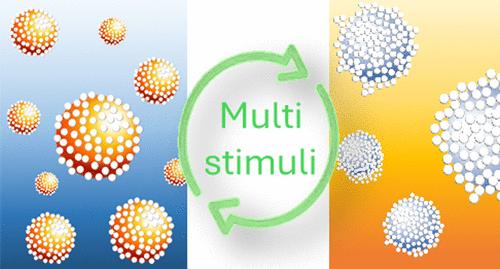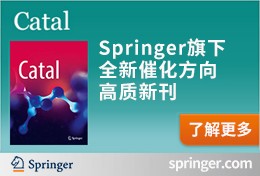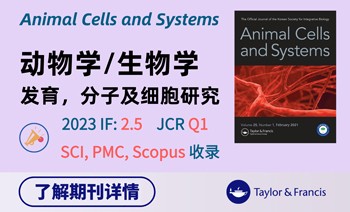当前位置:
X-MOL 学术
›
ACS Sustain. Chem. Eng.
›
论文详情
Our official English website, www.x-mol.net, welcomes your
feedback! (Note: you will need to create a separate account there.)
Multistimuli Responsive ZnO-Stabilized Pickering Emulsions for the Controlled Release of Essential Oils
ACS Sustainable Chemistry & Engineering ( IF 7.1 ) Pub Date : 2024-12-19 , DOI: 10.1021/acssuschemeng.4c08020 Daniela Meroni, Carolina Cionti, Giovanni Vavassori, Daniela Maggioni, Giuseppe Cappelletti
ACS Sustainable Chemistry & Engineering ( IF 7.1 ) Pub Date : 2024-12-19 , DOI: 10.1021/acssuschemeng.4c08020 Daniela Meroni, Carolina Cionti, Giovanni Vavassori, Daniela Maggioni, Giuseppe Cappelletti

|
In situ-functionalized Pickering emulsions can exhibit phase inversion by changing the concentration of surface modifiers. Here, we demonstrate that these systems are far more versatile as multiple stimuli can be harnessed to achieve their phase inversion. Oil-in-water Pickering emulsions were prepared using food-grade vegetable oil and stabilized solely by in situ-functionalized ZnO particles. ZnO was selected for its semiconductor and amphoteric properties, which enable the controlled switching/destabilization activated by multiple stimuli: acidification by mineral and organic acids, UV and sunlight irradiation, addition of multivalent cations and CO2 bubbling. Depending on the stimulus, the switching kinetics and reversibility can be tailored. Switching by acidification, light irradiation or CO2 bubbling is fully reversible upon either pH increase, N2 bubbling or storage in the dark. Even after consecutive cycles, stable oil-in-water Pickering emulsions could be reobtained. Irreversible destabilization can instead be triggered by excess addition of acids and multivalent cations. The switching kinetics can be modulated achieving either an on–off behavior or a controlled destabilization over several hours. The oil phase of the emulsion can be loaded with active substances, such as volatile and unstable essential oils. Emulsions containing cinnamaldehyde (up to 1500 ppm) were prepared and destabilized after accelerated aging: the molecule was stored and released in the aqueous phase without undergoing any degradation, with concentrations in a range suitable to avoid proliferation of bacteria and fungi. Up to four consecutive release cycles were successfully conducted by two different procedures, proving the system’s applicability as a continuous source of the active molecule.
更新日期:2024-12-20






























 京公网安备 11010802027423号
京公网安备 11010802027423号